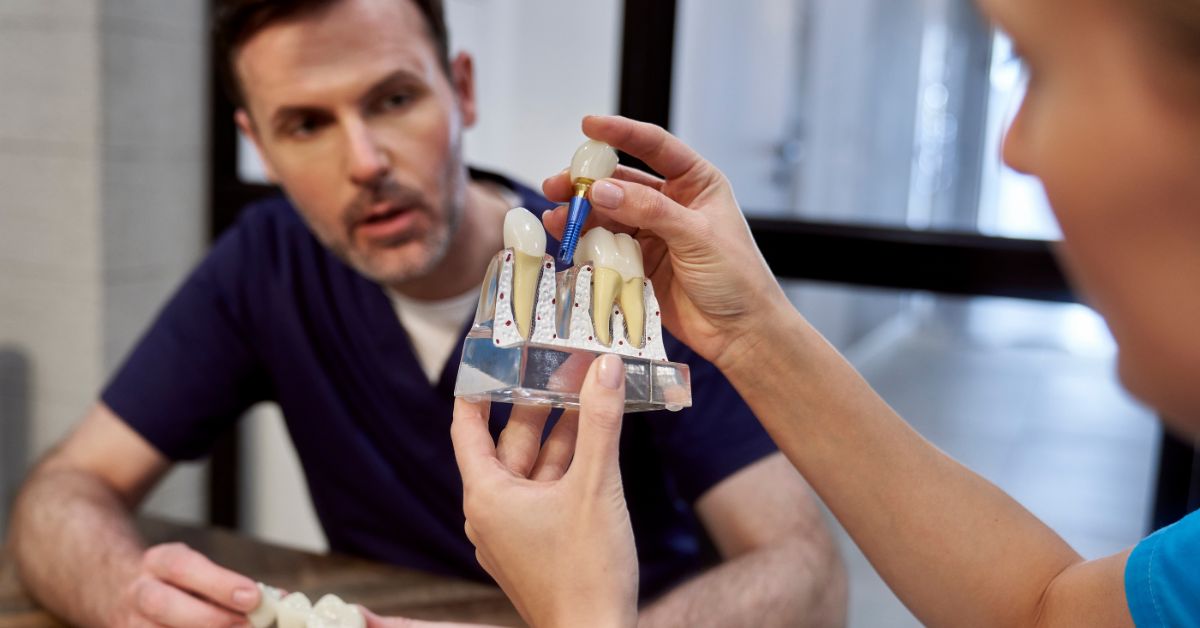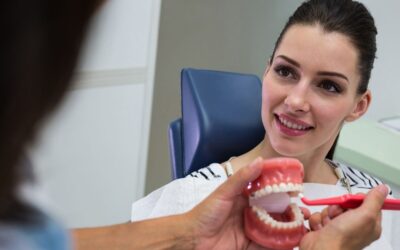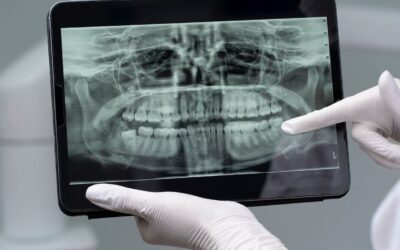If you’ve lost one or more teeth, a fixed dental bridge is a popular solution that restores both function and appearance. But what keeps these bridges in place? The secret lies in the anchoring components—specifically the abutment teeth and retainers. These parts play a crucial role in distributing chewing forces, maintaining alignment, and providing long-term stability.
In this article, we’ll uncover which component of a fixed bridge anchors to existing teeth, how it works, and why understanding it is essential for anyone considering or already using a dental bridge.
What Is a Fixed Bridge?
A fixed bridge is a non-removable dental restoration used to replace one or more missing teeth. It consists of artificial teeth (pontics) supported by natural teeth or dental implants on either side. These restorations are custom-made to match your bite and tooth color, providing both cosmetic and functional benefits.
Key Components of a Dental Bridge
- Abutments: Natural teeth that serve as support or anchor.
- Retainers: Crowns placed over abutments.
- Pontics: Artificial teeth that replace missing ones.
These components work together to restore the patient’s smile, chewing ability, and speech clarity.
Which Component of a Fixed Bridge Anchors to Existing Teeth?
The Role of Abutment Teeth
Abutment teeth are crucial as they serve as the foundation for the bridge. These teeth must be healthy and strong enough to handle the stress of supporting a bridge. Dentists reshape these teeth to place crowns that hold the pontic in place securely.
What Are Retainers and How Do They Work?
Retainers are custom-made crowns that are cemented onto the abutment teeth. These crowns connect to the pontic and are essential for ensuring the bridge doesn’t move. Without strong retainers, the stability of the entire bridge is compromised.
Why Pontics Cannot Anchor a Bridge
Pontics are designed to fill in the missing space but lack any physical root or anchoring ability. They rely entirely on the surrounding abutment teeth and retainers for support. This is why selecting strong abutments and using durable retainers is so critical.
How Abutments and Retainers Work Together
Step-by-Step Anchoring Process
- The dentist reshapes the abutment teeth.
- Impressions are taken for custom retainers and pontics.
- A dental lab crafts the bridge.
- Retainers are cemented onto the abutments.
- The pontic is attached between the retainers to fill the gap.
Materials Used for Abutments and Retainers
- Porcelain fused to metal (PFM): Offers strength and a natural look.
- Zirconia: Highly durable and esthetically superior.
- Gold: Less common today, but known for durability and biocompatibility.
Advantages of Proper Anchoring
- Long-term durability
- Stable bite alignment
- Improved speech and chewing efficiency
How Can a Father Lose Visitation Rights?
Legal Grounds for Losing Visitation Rights
In the context of support systems and legal anchoring, just as a bridge relies on strong abutments, parental visitation rights depend on consistent, responsible behavior. Fathers may lose visitation rights due to:
- Documented abuse or neglect
- Substance abuse
- Repeated violations of court orders
Role of Custodial Parent and Court
The court, often prompted by the custodial parent, evaluates the child’s best interests. Strong evidence is required, just like the clinical support for selecting abutment teeth. If deemed harmful to the child, visitation rights can be revoked or limited.
Risks of Weak or Failing Abutments
What Happens If an Abutment Fails?
If one of the abutment teeth decays or becomes damaged:
- The bridge may loosen or fall out.
- Adjacent teeth may shift.
- Pain or gum infection can occur.
How to Prevent Failure
- Maintain strict oral hygiene.
- Avoid biting hard substances.
- Attend regular dental checkups.
Comparison with Implant-Supported Bridges
Natural Abutments vs. Implants
Natural abutments depend on the health of the surrounding teeth. In contrast, implants provide artificial roots that anchor bridges with exceptional strength and independence from adjacent teeth.
When to Choose Each Type
- Use natural abutments: When existing teeth are healthy and well-aligned.
- Use implants: When abutments are missing or weak.
FAQs
Q1: Can a dental bridge be placed without abutment teeth?
A:No, abutment teeth or implants are necessary to anchor the bridge.
Q2: How long do abutments last?
A: With proper care, they can last 10-15 years or more.
Q3: Can bridges be adjusted after placement?
A: Yes, minor adjustments are possible, but major changes may require a new bridge.
Q4: Do bridges feel like natural teeth?
A: Well-crafted bridges feel natural and blend seamlessly into your mouth.
Q5: Is the procedure painful?
A: Local anesthesia is used, so discomfort is minimal and manageable.
Conclusion
The success of a fixed dental bridge depends largely on the anchor components. Abutment teeth and retainers form the backbone of any bridge restoration. These ensure the bridge stays in place, maintains bite functionality, and provides a natural look. By understanding this key component, you can make informed choices about your dental care and maintenance.



